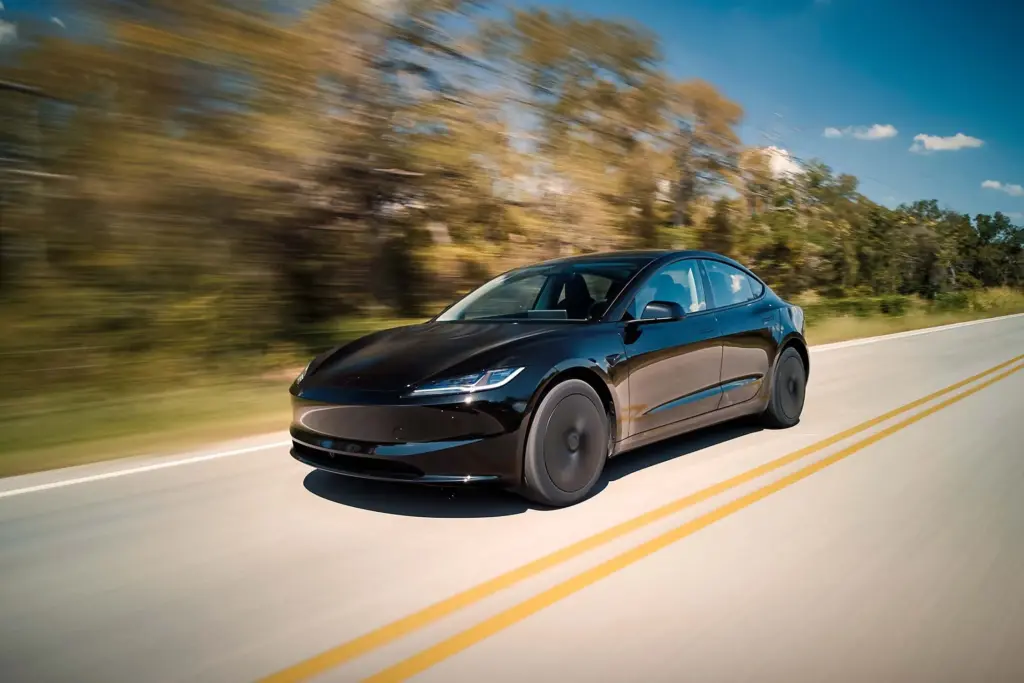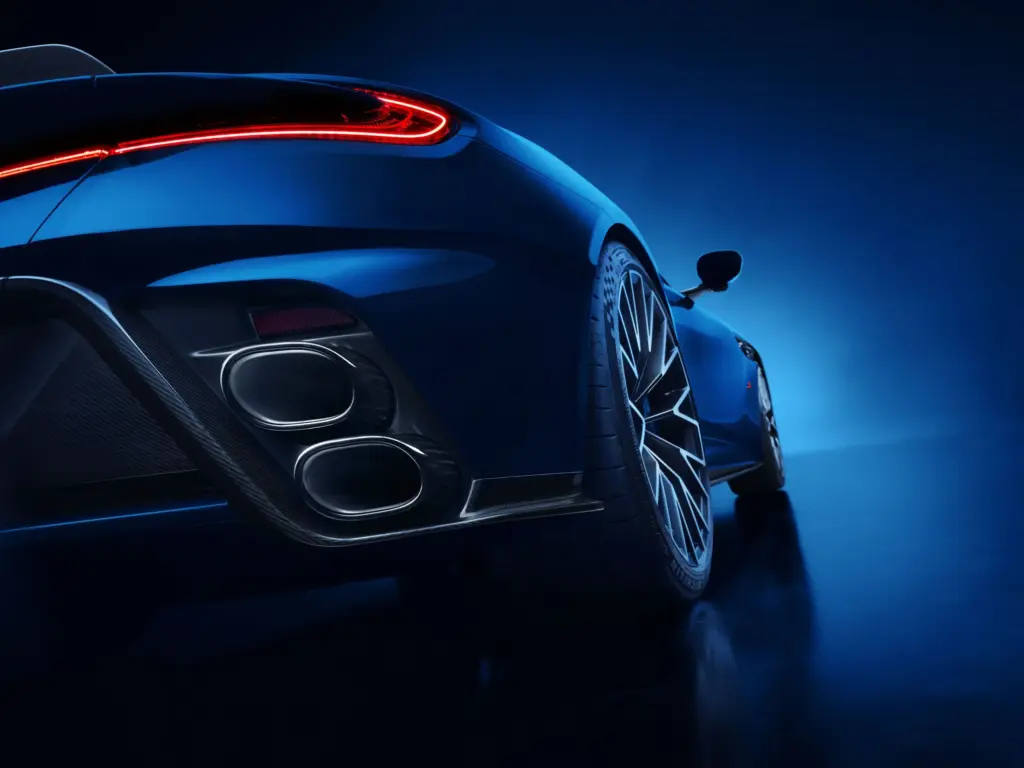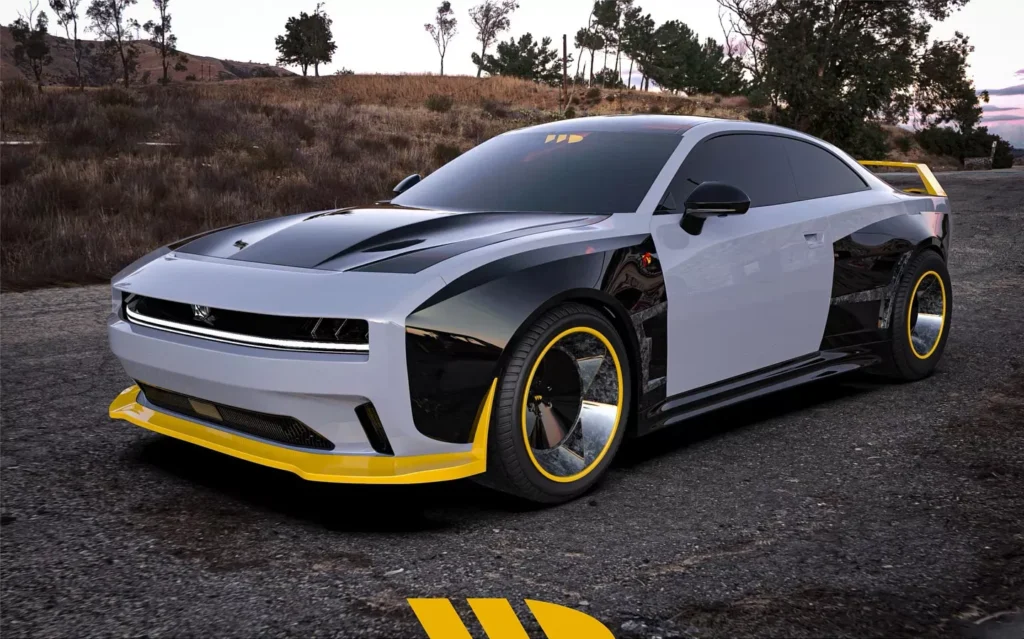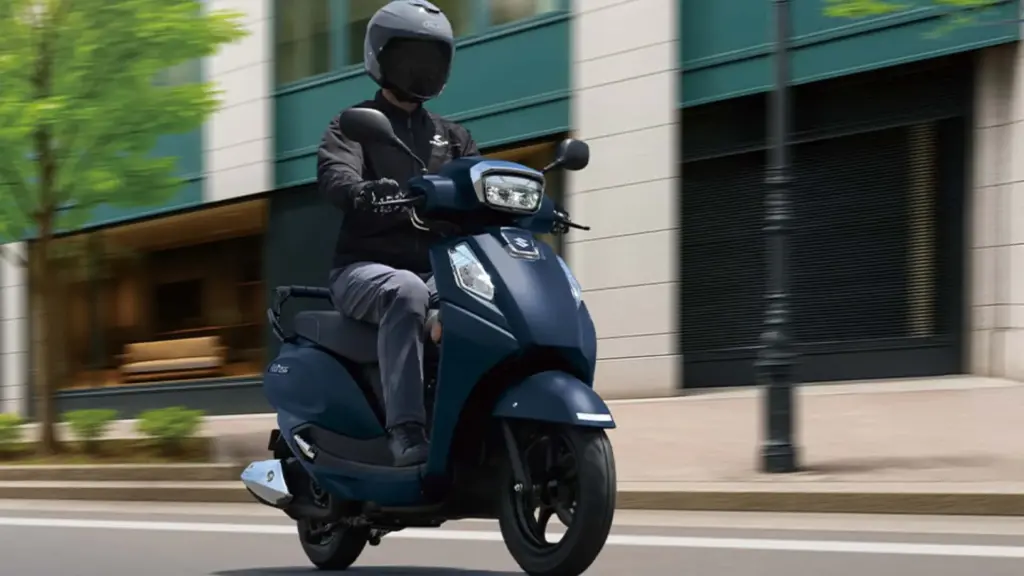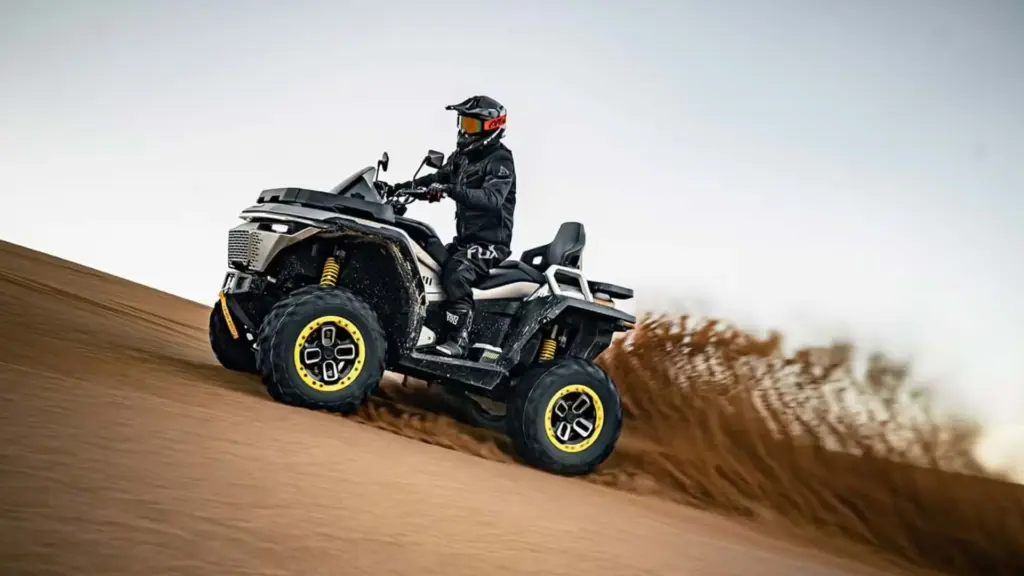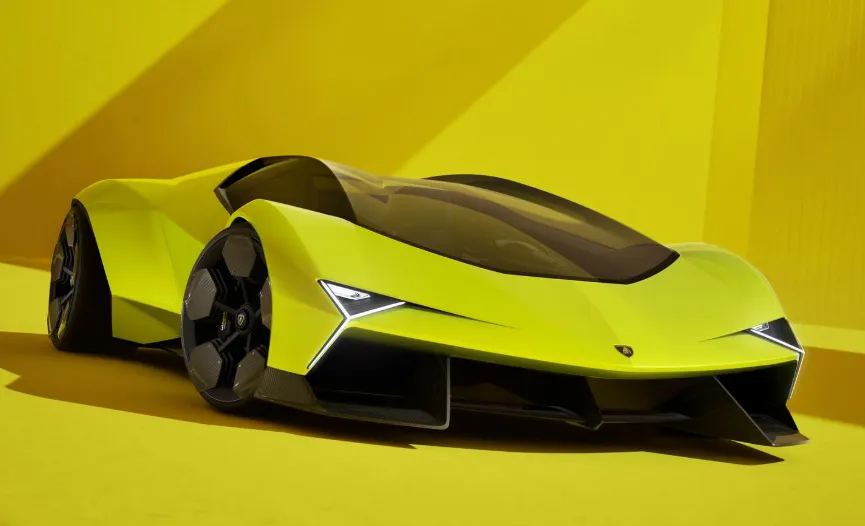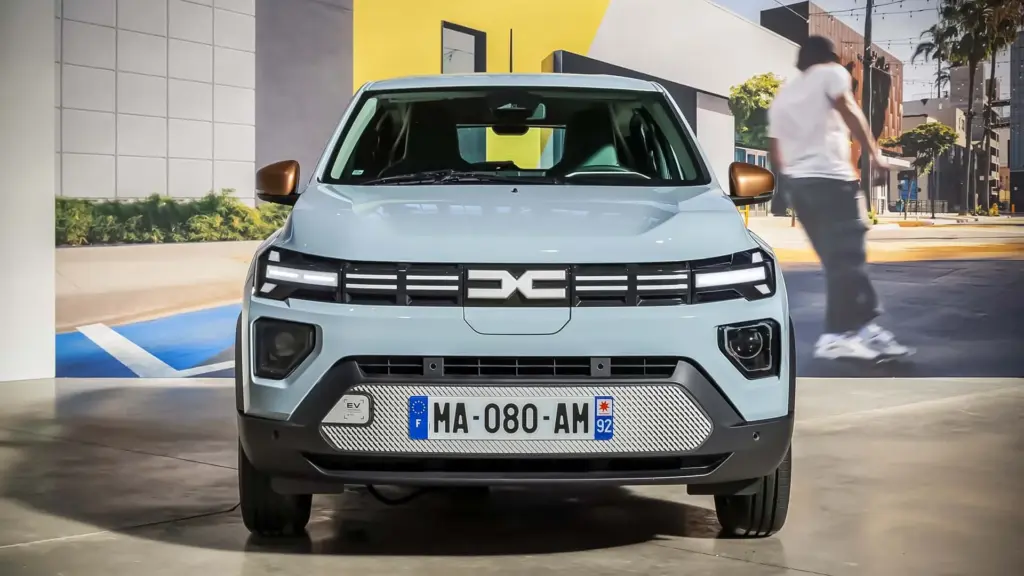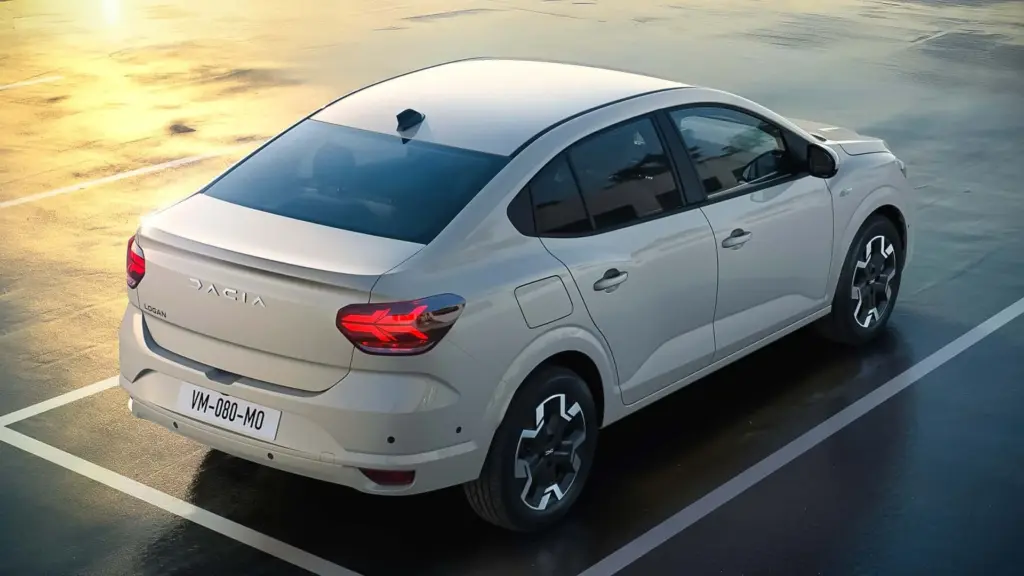The Toyota RAV4 has consolidated its global reputation as a reliable, best-selling hybrid SUV for families. However, a recent controversy in Australia is calling this image into question, especially when it comes to use in police service.
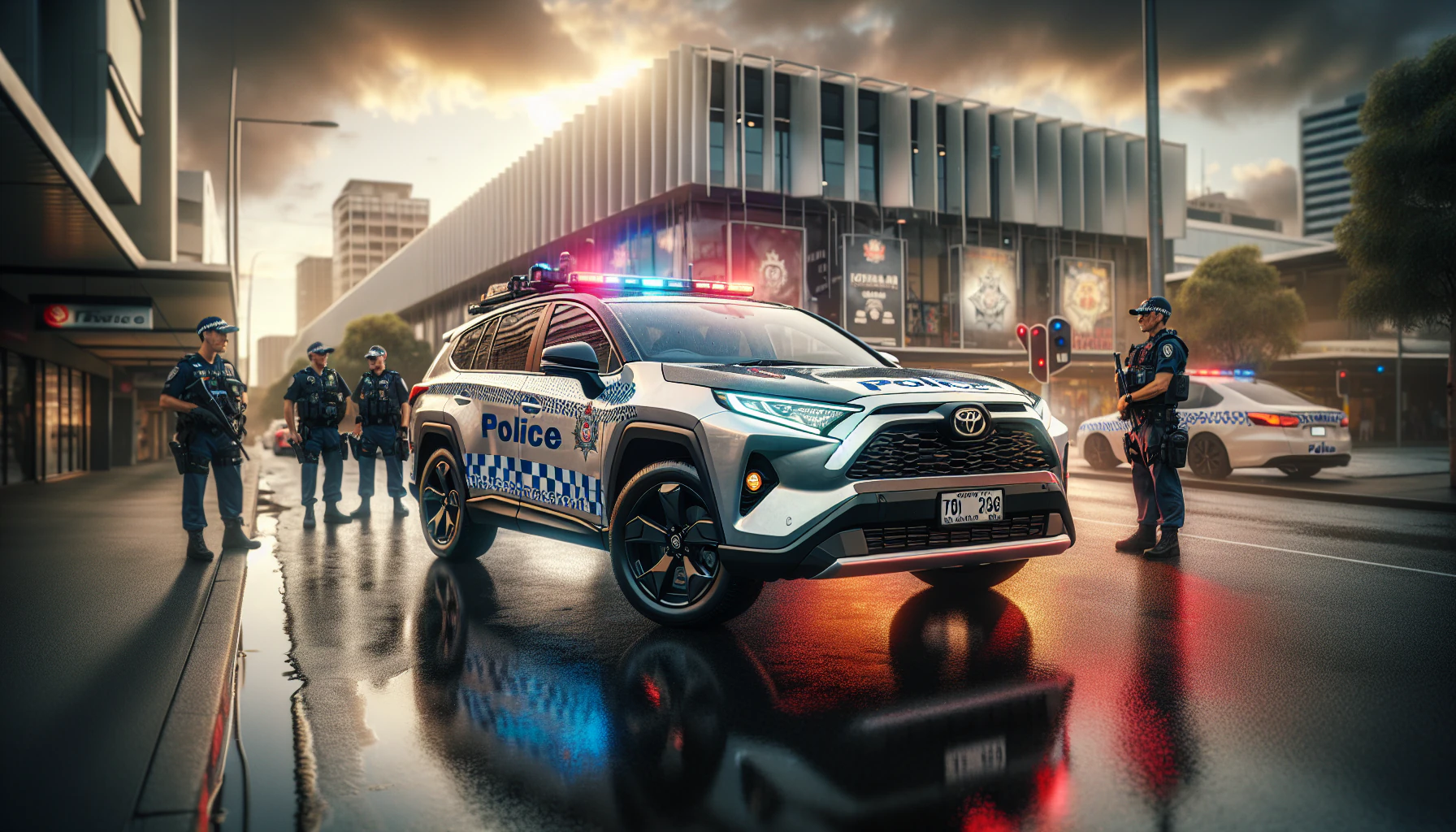
The Queensland Police Service (QPS) announced ambitious plans to integrate 400 units of the RAV4 Hybrid into its fleet by January 2025, replacing models like the Camry sedan for patrol duties. The expectation was that Toyota’s hybrid SUV would offer an ideal combination of fuel economy and robustness for the daily demands of the police force. However, a leaked internal memo brought serious concerns about the vehicle’s performance under stress to light.
The Challenges in High-Intensity Testing
Reports obtained by 7News Brisbane indicate that during high-intensity driving training, the RAV4’s hybrid battery demonstrated tendencies toward overheating. The critical conditions that led to this problem included a combination of “sudden braking and high acceleration”—scenarios that are routine in pursuits or emergency situations.
The leaked memo details that, should warning lights appear, officers would be instructed to “cease urgent service driving and pull over to allow the system to cool down.” In extreme situations, the vehicle could even enter “safety mode” (limp mode), drastically limiting its performance. For officers in pursuit of suspects, an unexpected reduction in power can be catastrophic. Images aired by 7News show the RAV4 Hybrid being pushed hard on a training circuit, with the traction control system automatically deactivating, which negatively impacted steering precision and safety.
Toyota’s Stance and Police Concern
In response to the accusations, Toyota Australia commented, stating that its technical teams inspected the vehicles and found that they “are functioning as designed.” The manufacturer explained that, in “extreme scenarios, such as police driver training, the vehicle may intervene to protect the hybrid system.” Toyota reinforced that “there have been no incidents of this nature during normal duties.”
This defense, however, did not soothe the concerns of the Queensland Police Union. Shane Prior, President of the Union, questioned the decision to deploy the vehicles, stating: “What danger does this pose to our personnel?” He added that “if there’s any risk, no matter how minor, these cars simply should not be on the road. All of these tests should have been carried out beforehand.”
Currently, around 200 RAV4 Hybrids are already in service. QPS, in turn, assured that all vehicles introduced into its fleet, including the RAV4 Hybrid, are “rigorously tested as part of an internal and external evaluation process to ensure they are fit for purpose.” Despite this, tension remains regarding the SUV’s true capability in situations demanding maximum performance. It is a matter of expectations versus reality, where a car designed for family use confronts the extreme demands of police service. To explore more about how hybrid vehicles are tested for different purposes, see how Toyota is Revolutionizing Plug-in Hybrids with Gamification and Technology.
Precedents and Implications for the Future
This is not an isolated incident of SUVs facing scrutiny in police fleets. Recently, the Carabinieri union in Italy alleged that the Alfa Romeo Tonale presented serious drivability issues at high speeds and on uneven roads. Like Toyota, Stellantis, the manufacturer of the Tonale, defended its product’s capabilities.
The QPS fleet is diverse, including models such as the Hyundai iLoad, Kia Stinger, Sorento, and EV6, as well as the Toyota Land Cruiser and Hilux, indicating a pursuit of versatility and adaptation to different needs. However, the RAV4 Hybrid’s failure in extreme testing raises a crucial question: to what extent can a vehicle designed for civilian use, even if popular and reliable, be adapted for the relentless demands of a police force?
For the average consumer, the situation serves as a reminder that, while the RAV4 Hybrid is an excellent everyday car, it was not designed for the type of high-performance driving and continuous stress that a police cruiser requires. Its reputation for durability and efficiency remains intact for its original target audience, but the incident highlights the gaps that can arise when a vehicle is pushed beyond the limits of its original design. Discussions about the performance of specific models, such as the Toyota RAV4 GR Sport 2026, which promises a greater focus on performance, indicate that Toyota is already looking toward the future with other proposals. This scenario makes us reflect on the limits of electrification in the automotive segment, a topic we cover in “Electric Car: Does It Really Need 600 km? Why 320 km Already Meets 99%”. And, to learn more about the evolution of electrified models, check out how Toyota is innovating with the gasoline-free RAV4 2026. Incidents like recalls, such as that of the Nissan Leaf, also show the complexity and importance of safety tests for any type of vehicle.
Author: Fabio Isidoro
Founder and editor-in-chief of Canal Carro, he dedicates himself to exploring the automotive universe with depth and passion. A car and technology enthusiast, he produces technical content and in-depth analyses of national and international vehicles, combining quality information with a critical eye for the public.

